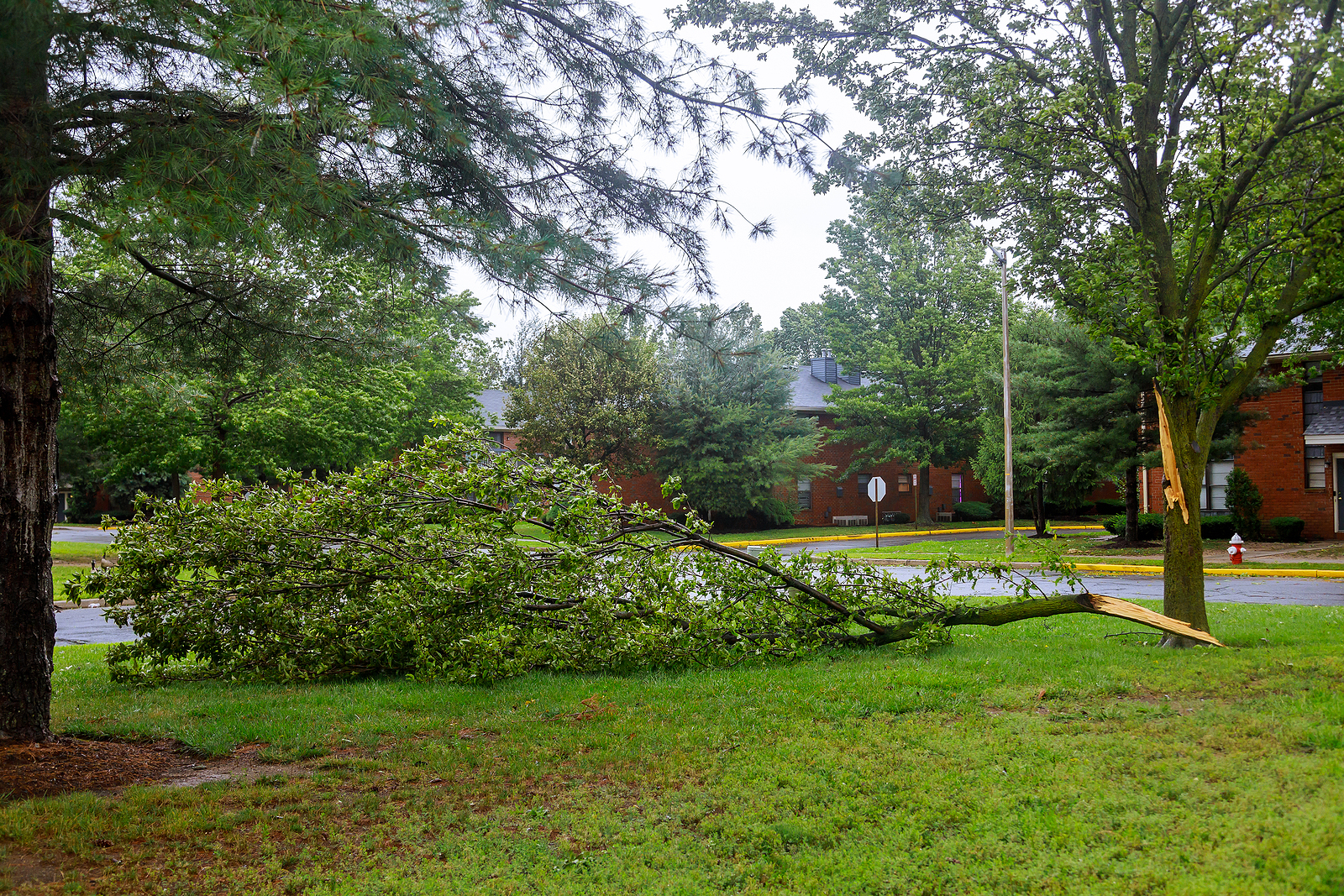
Hurricanes have been known to leave behind great damage where they make an appearance. Here in the state of Connecticut, over the last few years, the large, swirling storms have ripped through areas of the state uprooting trees and taking home roofs right off. Much of this damage is caused by the over 74 mph wind strengths caused by these storms. In fact, the greater the strength of the wind speeds in a hurricane, the different categories that it will fall under.
Here’s a brief look at the Saffir-Simpson Hurricane Scale.
- Category 1 (74-95 mph)
- Category 2 (96-110 mph)
- Category 3 (111-129 mph)
- Category 4: (130-156 mph)
- Category 5: 157 mph)
Hurricane season in Connecticut runs from June 1 to Nov. 30. Here are the things you should be doing to get ready!
Assess Hurricane Risk
To know if you or your home are at risk for hurricanes it’s important to find out if you live in a hurricane evacuation zone. Many of these areas will have posted signs and other warnings for the public. Even if your home is not in one of these areas, we’ve seen lots of sudden storm surges happening inland too in recent years. If you live in a wooded area or a part of the state that’s usually hit hard during hurricane season be sure you’re prepared with supplies and an emergency plan if disaster strikes.
Review/Update Insurance Policies
While you’re thinking about how to get prepared for hurricane season, it’s important to also review and update your home insurance policies so there is no question about what is covered and how much of your property can be put toward a claim should storm damage occur.
Understand Any New COVID CDC Guidelines
Most people who live in hurricane-prone areas are already aware of the steps needed to protect their homes and how to evacuate safely if needed. However, with COVID-19 restrictions not completely lifted yet, it may make sense to review with local officials what the CDC is saying for health and safety precautions for emergency evacuations in case there are any changes.
